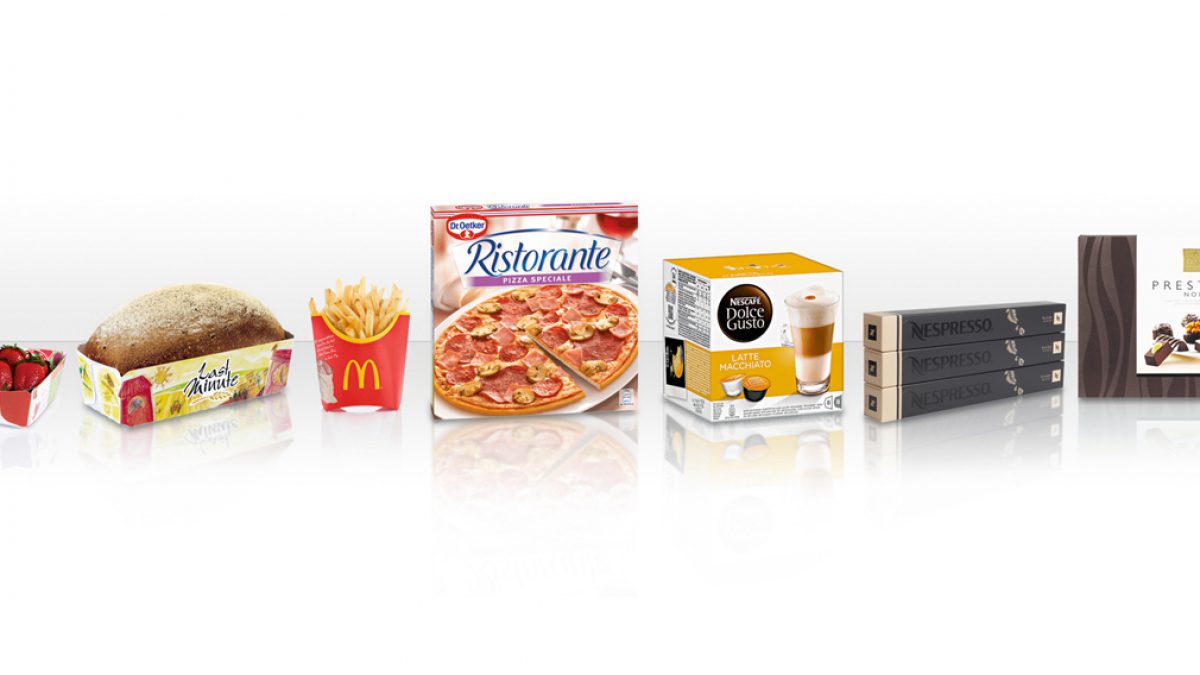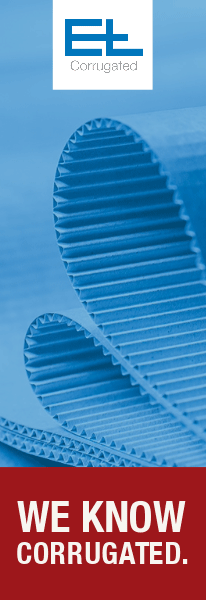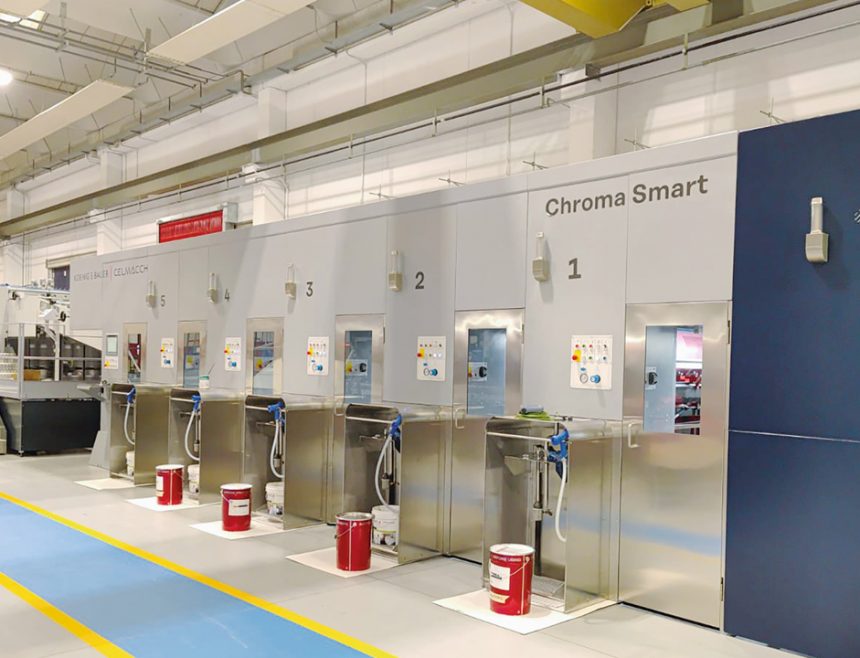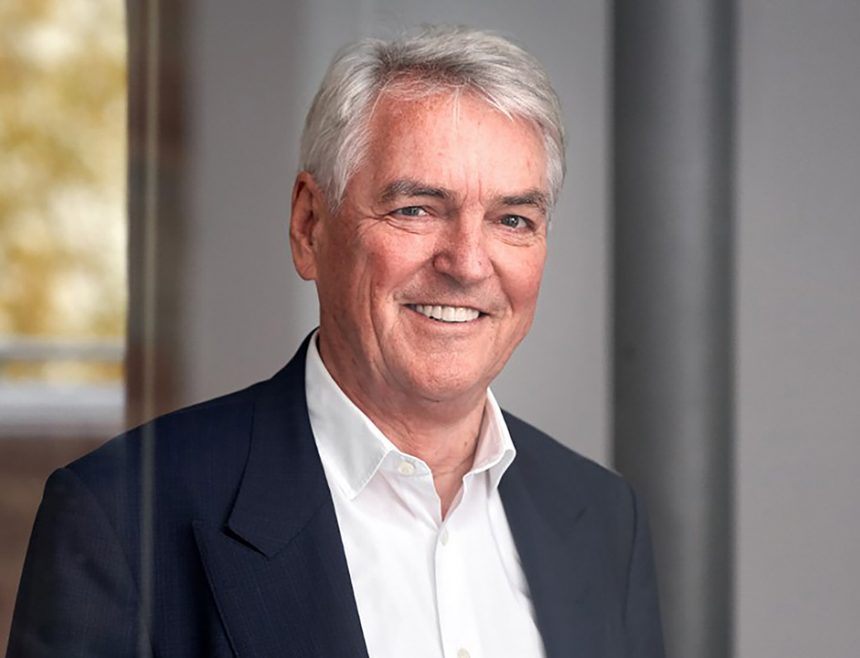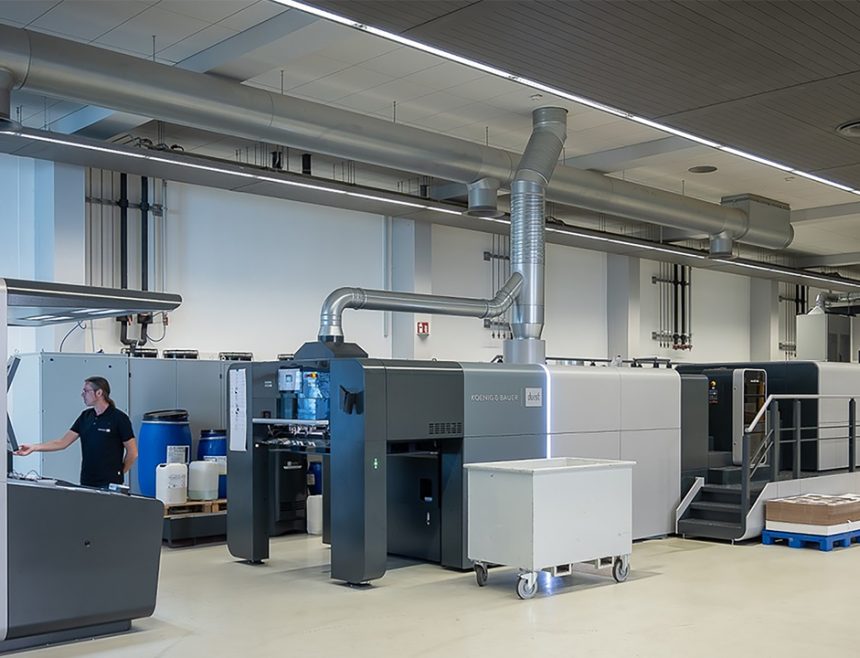As a founding member of the Global Packaging Alliance (GPA), Hans-Christian Bestehorn has a good perspective on current market trends. He is certain that for packaging manufacturers, future success depends on understanding global society together with environmental and technological changes to packaging solutions. In this interview, he describes the major shifts for the industry and gives examples of their successful implementation.

Hans-Christian Bestehorn
In global markets, consumer needs shift dramatically. Retail megatrends such as mass individualisation, rising sustainability awareness and connectivity play vital roles for the future of commerce all over the world. To be ready for what comes next, it is crucial for packaging producers to be able to link the specific needs of customers with the latest innovations in technology and brand management. And eventually, it’s all about one question – how to apply the big changes to daily business.
Mr Bestehorn, in a world where international markets are increasingly growing together, what challenges are big brands facing?
Brands that follow an international market approach are increasingly facing ‘the global customer’. He consumes locally but thinks globally. We all know that with new ways of communication, information runs around the globe within the snap of a finger. For brands, this poses the challenge of how to tell brand stories that are customised for every single market and still maintain a consistent image. But with a smart approach, this is a great opportunity to develop an umbrella approach under which customers from all the single markets are united.
What role does packaging play in that process?
Packaging is the outer skin of brands. With a high recognition value for the customer, it has a deep impact on brand perception. But brand managers must walk a thin line – while it’s important to create a consistent brand image, it would be misleading to try to apply one-size-fits-all-solutions to different markets. Customer habits vary on a local level. To gain knowledge about the specific requirements in each market, it’s vital to work with partners who are active in these markets.
The Global Packaging Alliance (GPA), for example, is a competency network of eight packaging companies that has insights into many different regions worldwide. Their experts work at the interface between global brand strategies and local markets. For instance, we were delighted to recently welcome ZRP Printing & Packaging of China as a new member. They will provide us with valuable insights for the expanding Asian market.
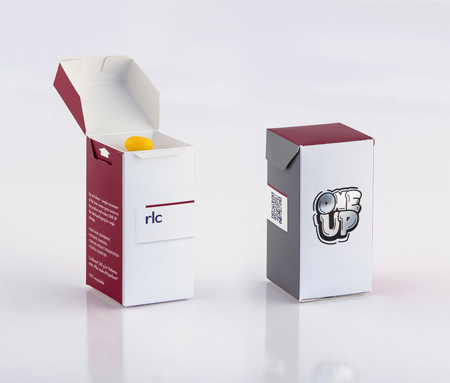
Markets themselves are traditionally dynamic. What are the main developments that influence brands and the packaging industry from a global perspective?
On a large scale, we observe three shifts that slowly trickle down to our daily work – consumer behaviour, environmental awareness and technological innovation. First, the consumer shift happens due to changing social and individual values. Compared to decades ago, people put more emphasis on health and wellbeing. Products don’t sell anymore just because of their look or taste – they are required to offer more. As information is much easier to access today, consumers are increasingly critical about the ingredients of their products and whether they are beneficial for their health. Here, packaging can offer a great stage to make that information visible and tangible. But at the same time as awareness rises, consumers are not willing to cut down on their convenience. And they want to have the best quality anytime and anywhere – because they have almost an unlimited range of online suppliers to choose from. A recent example is food delivery, which is expected to nearly double its revenue in the UK within the next four years. It’s about being fast and convenient without sacrificing quality.
What role will environmental questions play in this context?
The environmental shift is directly linked to the consumer shift. With more packaging used, the public sensitivity for environmental topics increases. Currently, questions around sustainability and recycling are increasing and significantly matter to us all. The future success for the packaging industry will depend on how we balance increased production with less environmental impact? Undoubtedly, this is a tough challenge, but I’m very confident that consumers will value sustainable packaging solutions – particularly if they are cartonboard based.
How can technological innovation be helpful?
Technological innovations affect many levels. For example, it is well-known that digital technology moves consumer shopping to the internet. E-Commerce is a great opportunity for all brand owners to reach their customers directly. But this is only one aspect of the truth. As a reaction to this, and for a wider spread, we see that brands are increasingly opening their own flagship stores in shopping centres. These aren’t just for sales but also to give consumers a real-life shopping experience linked to the brand. This is where the brand comes alive and needs a synchronised connection to the digital world. Zero, first and third moments of truth must be consistent in their presentation.
But innovation also works behind the shelves. Digitised supply chains allow faster delivery which is required by the customers. For the players in the logistics process, this asks for a much closer collaboration and more agility. To establish more flexibility, real-time communication can be a big help. Lastly, technological progress opens exciting options for smart packaging. What if packaging would be able to communicate? For example, packaging for medication could remind the patient to take his daily dose. Or warn a consumer in time before the product expires. I am sure that these opportunities can fundamentally transform the relation between customer and brand.

How does the rlc | packaging group bring these changes into practice?
These changes happen globally – but appear in local markets. Not every market responds in the same way. For example, a Smithers Pira report from 2017 is forecasting a growth in the out-of-home (OOH) food and drink packaging market for Eastern Europe of 3% per year, whereas the traditionally strong Western European market is only predicted to grow by 2.8%. We seize this chance and follow the customers. For example, at our site in Poznan, Poland, we’re currently investing to build a new hall for five new production lines.
Could you give more details for that?
We don’t only think quantity but also think about quality. In our new facilities in Poznan we are investing in new flexoprint technology that enables us to deliver finished folding boxes for the mass market even more efficiently. This is due to a serious demand for premium packs by our customers.
Another very effective trigger for consumers is, as mentioned before, sustainability. Designs that we call ‘green chic’ prove that resource-friendly materials and an attractive look and feel go hand in hand and increase demand.
So, in the future, will the rlc | packaging group focus more on food packaging?
Food was and obviously always will be relevant to people – but the way it is consumed will change as society wants increasingly convenient and mobile solutions. The food sector has very promising prospects. According to Smithers Pira, the OOH packaging market is expected to grow by 6% to 6 billion Euros by 2020. We are constantly adapting to the markets needs. As the range of OOH food and drinks suppliers increases, it becomes more important for restaurants and delivery services to have a stand out brand appearance. For example, customers appreciate packaging that represents the quality of the food and mirrors the customers’ impression of treating themselves to something special. We plan to be able to offer better solutions for this sector.
In what other areas will the rlc | packaging group adapt to shifts and trends?
For sectors such as FMCG and pharma we need to rethink the whole supply chain process. Customers request faster delivery and brands have a higher frequency of product innovations. We’ve been implementing lean supply chain solutions together with our customers for many years, which significantly shortens the time between initial market research and final product delivery.
Vendor-managed inventory allows for almost just in time delivery while reducing stock. Here, we are much closer to the customer and much more agile to react. And with this kind of strategy we still see a significant potential to increase packaging efficiency for all brands.

